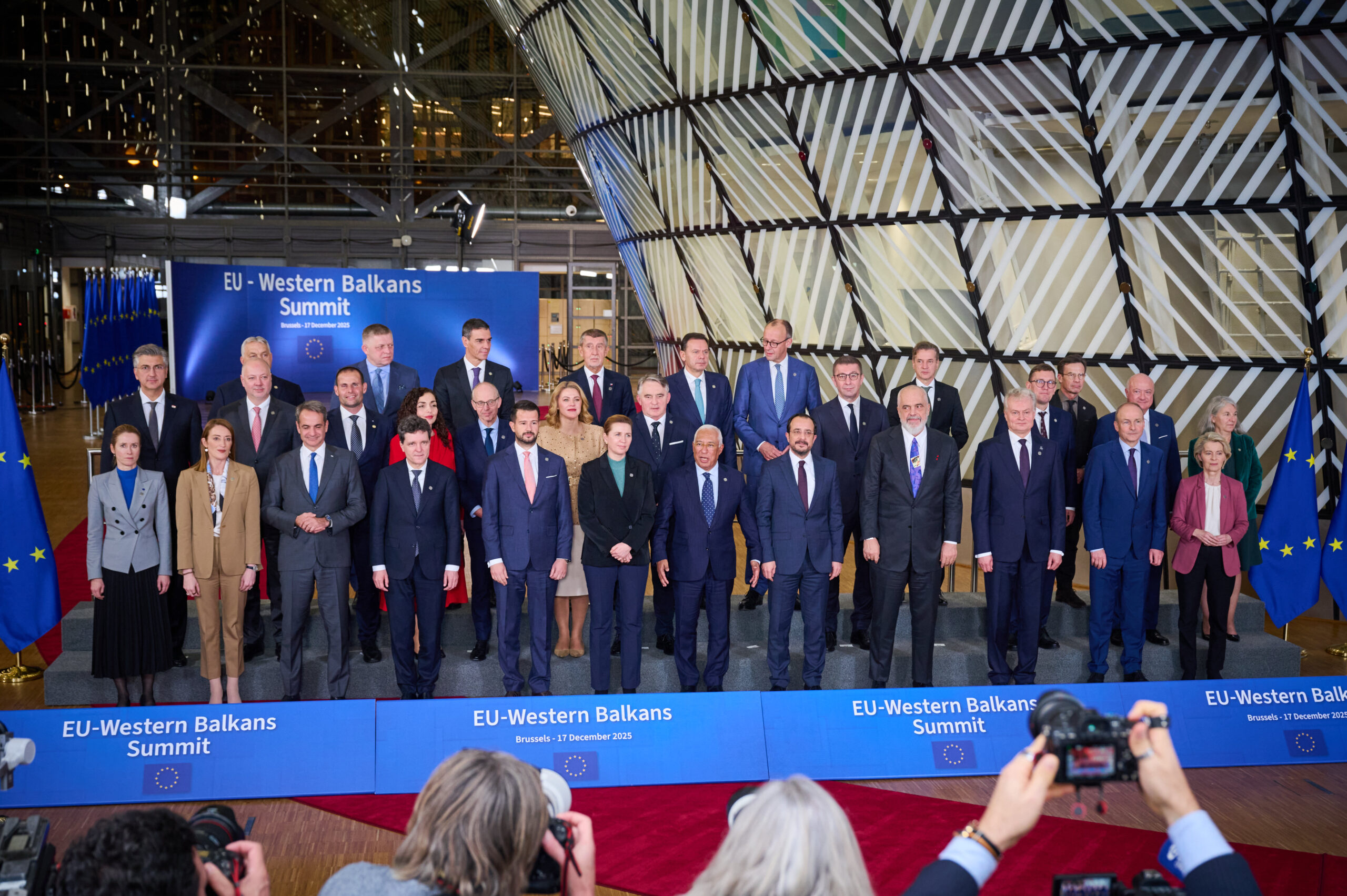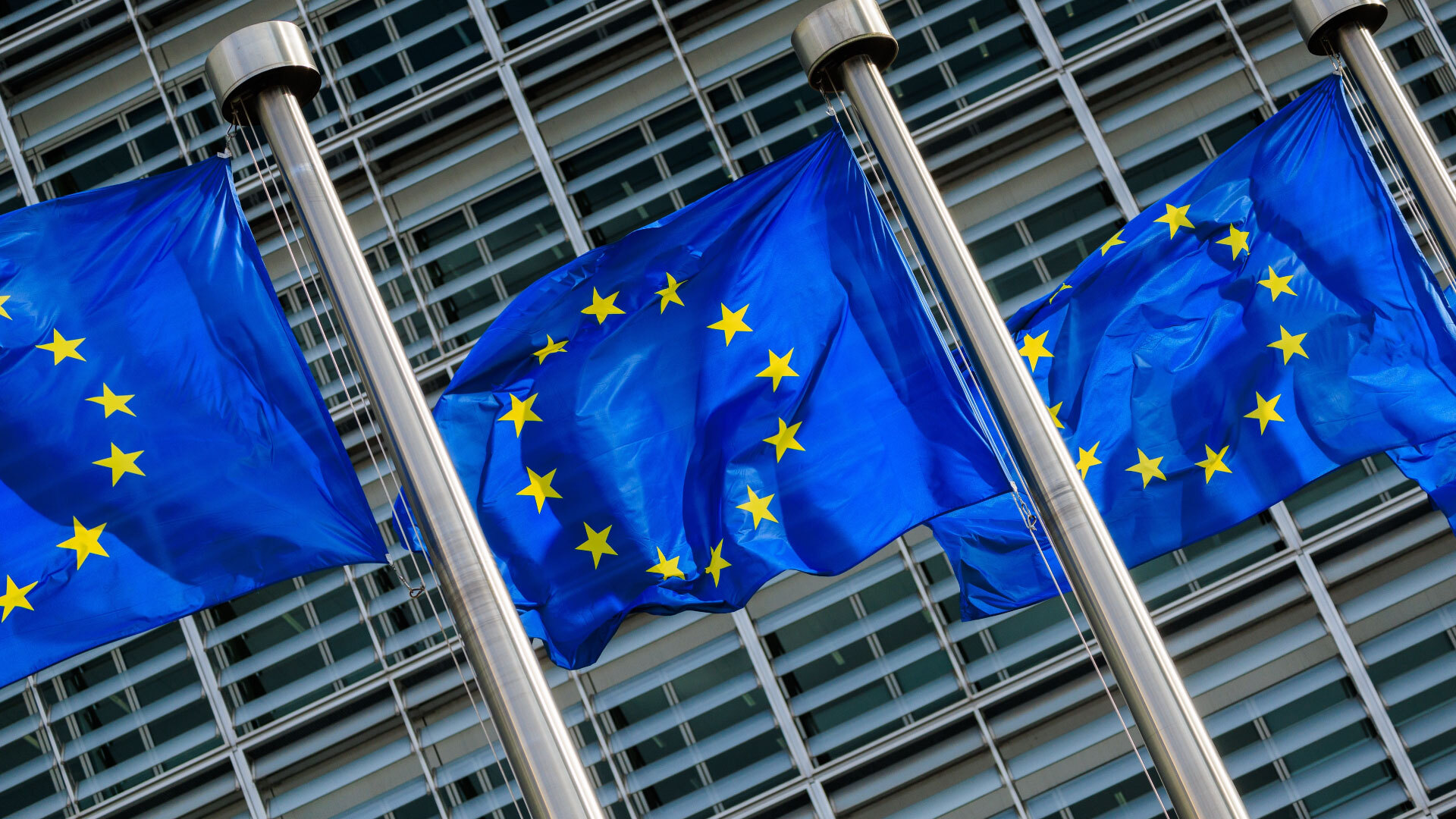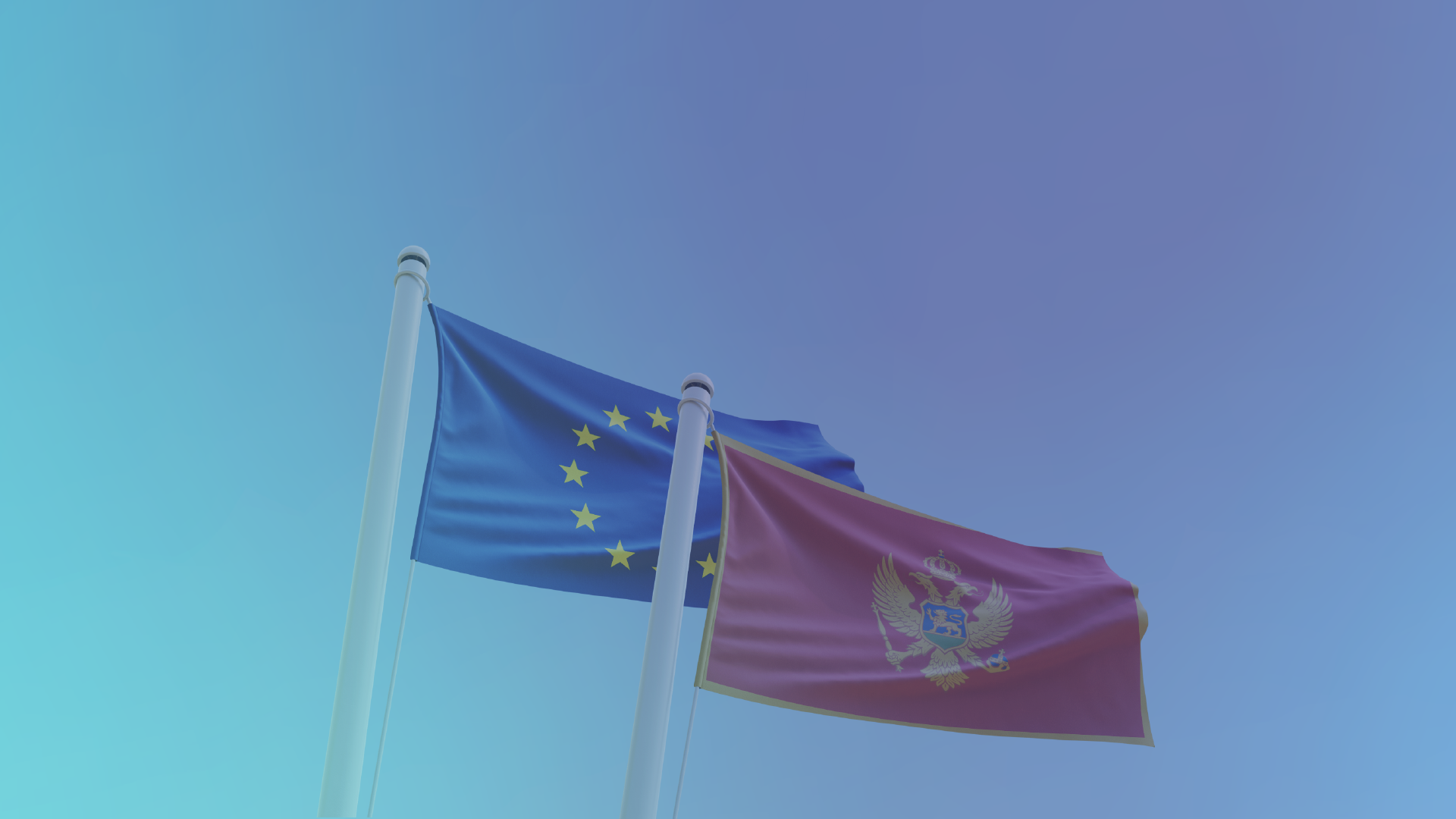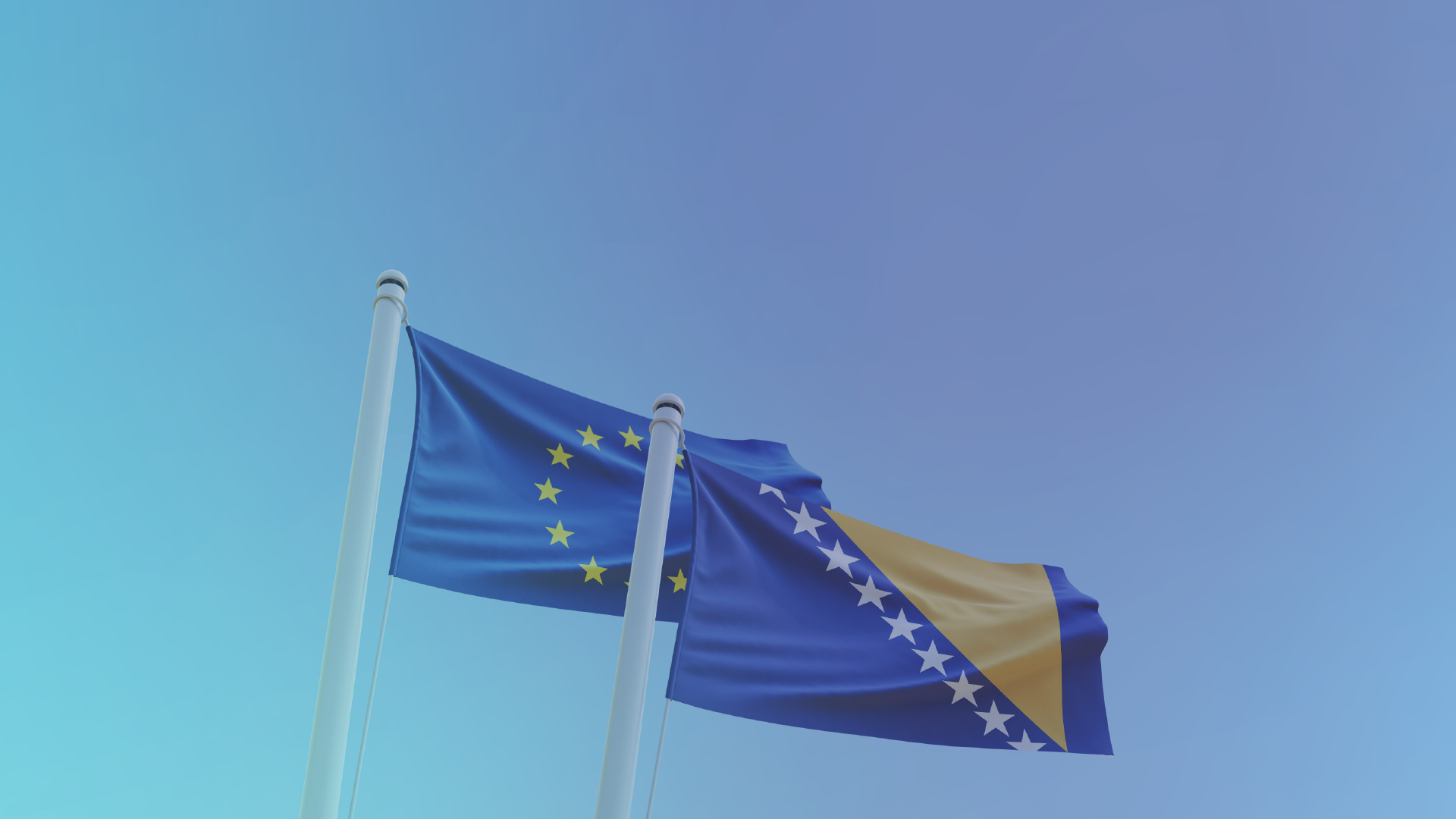Restored Albania’s Iconic Mosaic Regains its Original Shine on Tiranas’s Main Square
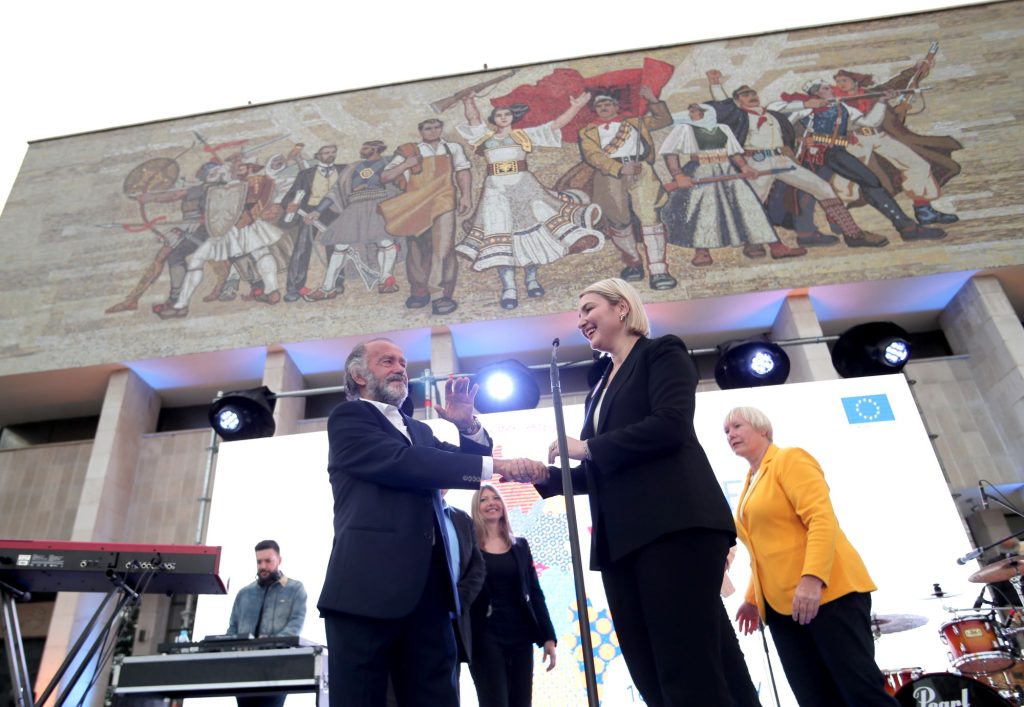
Restored Albania’s Iconic Mosaic Regains its Original Shine on Tiranas’s Main Square
16 May marked the official unveiling of the restored facade Mosaic at the National Historical Museum in Albania’s Skanderbeg Square. The ceremony was part of the Europe Week celebration and was attended by representatives of the EU Delegation, Ministry of Culture, UN and UNOPS, media, heritage experts, and the creators of the Mosaic. The Mosaic was restored under the EU-funded EU4Culture programme, implemented by the United Nations Office for Project Services (UNOPS) in close partnership with the Ministry of Culture of Albania.
The mosaic of the façade of the National Historical Museum is considered to be one of the finest examples of late Albanian Socialist Realism. Installed in 1981, it showcases, across its 565 m2 surface area, some of the important milestones of the country’s history, spanning from antiquity to the Communist era. Its design was crafted by the renowned artists of the time, including Vilson Kilica, Josif Droboniku, Agim Nebiu, Anastas Kostandini, and Aleksandër Filipi.
In November 2019, Albania was struck by the deadliest earthquake in the past 50 years. Its effects were devastating, causing extensive damage across 11 municipalities, including numerous cultural heritage sites, with the Mosaic being one of them. In response to this crisis, the European Union launched the EU4Culture project, implemented by the United Nations Office for Project Services (UNOPS) in close partnership with the Ministry of Culture of Albania. This project focuses on renovation and revitalization of cultural heritage sites that were damaged by the earthquake, and is one of the largest cultural heritage programs funded by the EU worldwide, with a total budget of €40 million.
Source: EU4 Culture
Photo credits: EU4 Culture
